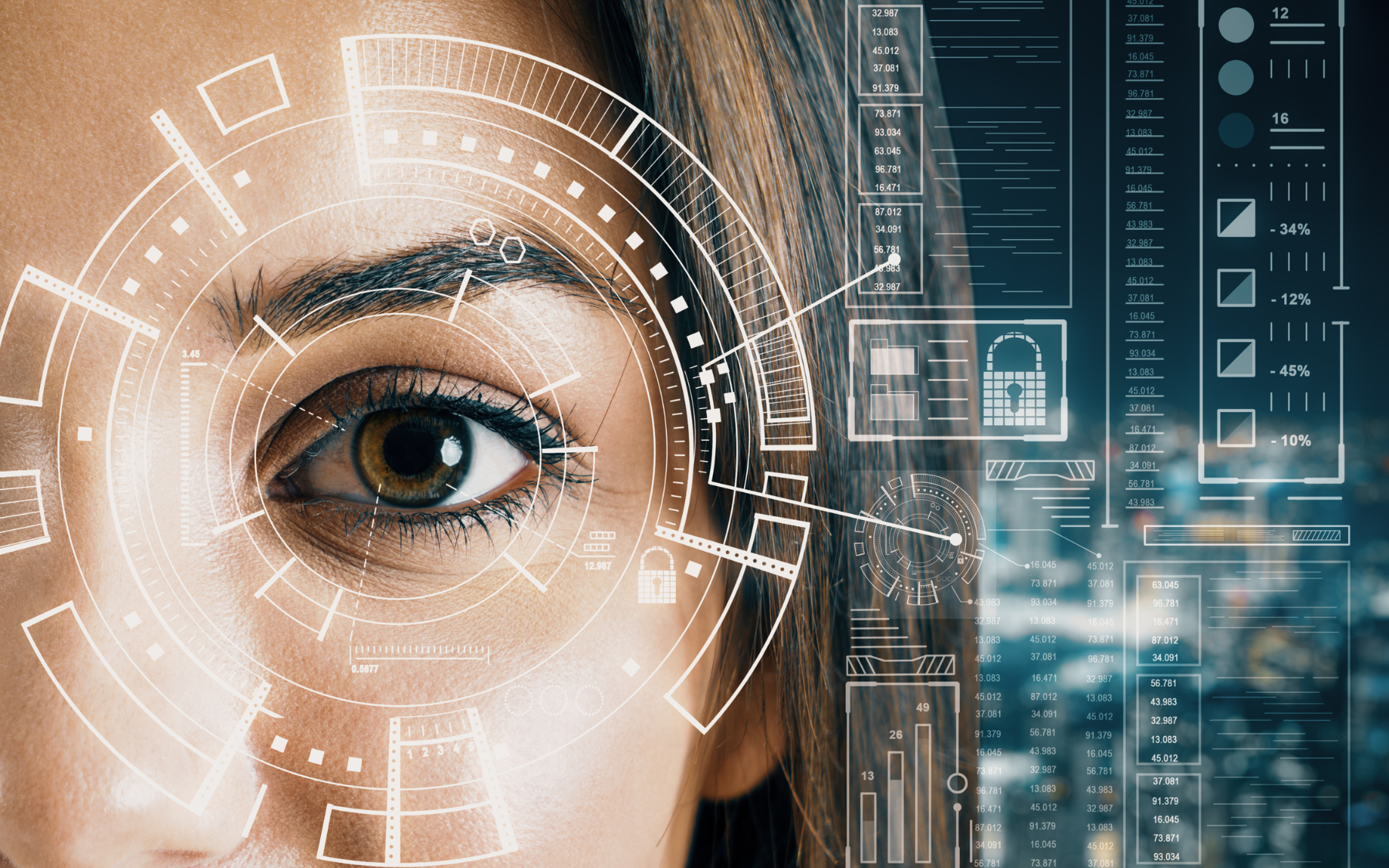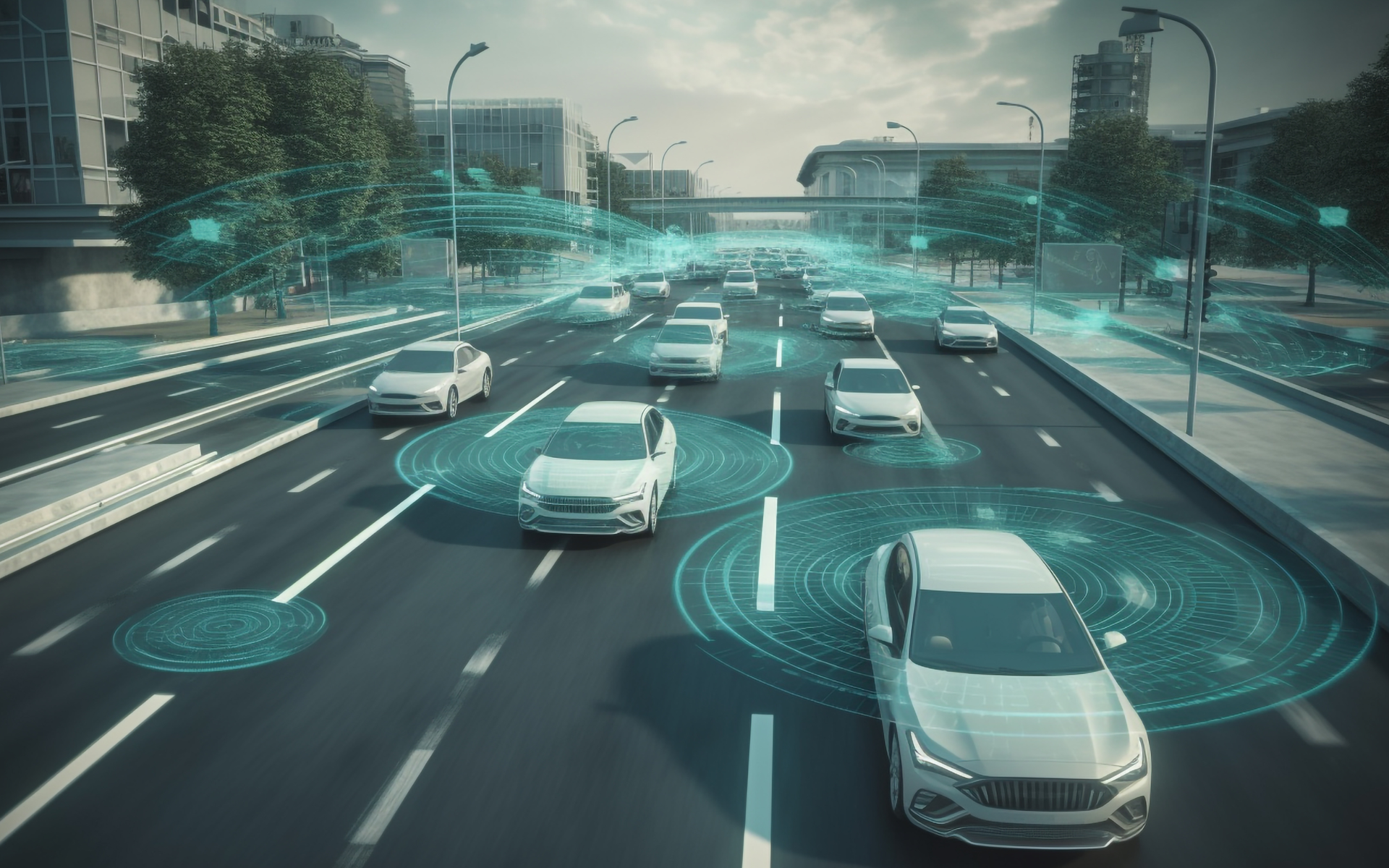The Future of Digital Banking Security: Biometrics and Beyond
October 23, 2025

Introduction
Digital banking is now central to how people and businesses manage money. The growth of mobile apps, instant transfers, and online verification has changed finance forever. Yet this shift has also exposed banks and their customers to a new level of cyber risk. Criminals have adapted faster than expected. They exploit weak passwords, poor security habits, and vulnerable systems. As cyber threats rise, the focus on secure and seamless authentication has never been stronger.
This blog is written for cybersecurity professionals who defend financial systems from attack. It examines how biometrics and other modern security measures are shaping the next phase of digital banking. It explains the benefits, risks, and responsibilities linked to these technologies.
Biometric security uses unique physical or behavioural traits to verify identity. Examples include fingerprints, facial recognition, and voice patterns. Unlike passwords, these features are hard to steal or guess. They create a stronger defence against fraud and account compromise. Yet biometrics also introduce new privacy and ethical challenges.
Understanding these challenges helps cybersecurity teams prepare for the future of digital banking.
The Growing Risk to Digital Banking
Cybercrime has grown into one of the biggest threats to the banking industry. Attackers target online accounts, mobile apps, and backend systems. They look for weak entry points and exploit them to steal money or data.
In the UK, financial institutions report millions of attempted cyberattacks each year. According to UK Finance (2024), more than £1.2 billion was lost to authorised and unauthorised fraud during 2023. Criminals used phishing, social engineering, and malware to bypass existing defences.
Traditional passwords no longer offer enough protection. Users often reuse simple passwords across many accounts. Once a single database is breached, attackers can access multiple services. Even two-factor authentication can fail when social engineering or SIM swapping is used.
A single breach can destroy trust and cause lasting damage. Customers expect fast, secure access to their money. Any delay, fraud incident, or privacy failure can push them to competitors. Cybersecurity teams now face the challenge of balancing convenience with safety.
Banks have responded with stronger access control, risk scoring, and AI-driven fraud detection. Yet attackers adapt quickly. They use deepfake voice calls to impersonate customers. They create cloned mobile apps that trick users into giving away credentials. The shift toward biometric security aims to close these gaps.
Why Biometrics Matter
Biometric technology replaces passwords with unique personal traits. The most common are fingerprints, facial recognition, and voice analysis. Each method uses measurable biological characteristics that are difficult to replicate.
The advantage of biometrics lies in identity permanence. A fingerprint or face does not change significantly over time. Once enrolled, users do not need to remember complex passwords. This reduces friction and lowers human error.
Financial institutions have already introduced biometric authentication into mobile banking apps. A simple fingerprint scan now grants access to accounts. Face recognition allows contactless payment approval. These steps improve both security and convenience.
Biometric systems also enable continuous authentication. For instance, behavioural biometrics can detect unusual typing patterns or touch movements. This allows the system to identify possible account takeovers in real time.
Yet these technologies carry risks. If biometric data is compromised, it cannot be changed like a password. A leaked fingerprint template could expose users forever. Storing and processing such sensitive data must meet strict regulatory and ethical standards. Cybersecurity teams must ensure encryption, anonymisation, and limited data sharing.
Regulators such as the Financial Conduct Authority (FCA) and the Information Commissioner’s Office (ICO) have set clear expectations for biometric data protection. Compliance with the UK GDPR requires strong consent management and lawful processing. The future of digital banking depends on building public trust in how this data is secured.
Common Threats to Biometric Systems
Biometric authentication offers stronger protection, but no system is immune. Attackers now target the underlying infrastructure rather than the physical traits.
One of the biggest risks is data theft. Biometric databases can contain millions of fingerprint or face templates. If these are stored without proper encryption, they become valuable targets. In 2019, a breach of the Suprema BioStar 2 database exposed over a million fingerprint records used by financial and corporate clients (BBC News, 2019). Such incidents highlight the permanent damage of biometric leaks.
Another risk involves spoofing. Attackers can use fake fingerprints or high-resolution facial images to trick scanners. Advanced systems use liveness detection to counter this, analysing small changes in skin texture or eye movement. Yet low-cost devices often skip such checks, leaving gaps that can be exploited.
Deepfake technology adds another challenge. Voice recognition systems are vulnerable to synthetic speech that imitates genuine users. The National Cyber Security Centre (NCSC) warns that AI-driven identity spoofing is increasing in frequency and sophistication.
Insider threats also remain critical. Employees with access to biometric databases could misuse or sell data. Strong audit trails, role-based access control, and zero-trust frameworks are essential to prevent such abuse.
Beyond Biometrics: The Next Layer of Digital Banking Security
While biometrics strengthen authentication, they are only one piece of the puzzle. Banks are now integrating biometrics with other emerging technologies to build multi-layered defence systems.
AI and machine learning help detect anomalies faster than manual review. By analysing transaction behaviour, these systems can flag potential fraud before damage occurs. If a user’s normal spending pattern changes suddenly, the system triggers alerts.
Zero-trust security models are gaining traction in digital banking. This approach assumes that no device or user is trustworthy by default. Each access request is verified independently. This reduces the risk of lateral movement during breaches.
Quantum-safe encryption is another emerging focus. As quantum computing advances, traditional encryption methods will become vulnerable. Financial institutions are starting to test post-quantum algorithms to future-proof sensitive data.
Decentralised identity solutions also show promise. Instead of central biometric databases, users hold encrypted credentials on their own devices. This approach reduces exposure to large-scale data breaches.
For cybersecurity professionals, the goal is not to replace passwords alone but to build layered security architectures that combine authentication, encryption, and behavioural analysis.
The Human Factor
Technology alone will never solve digital banking security. Human behaviour remains the biggest variable. Social engineering continues to bypass even the best defences. Attackers manipulate trust, curiosity, and urgency to gain access.
Phishing emails that imitate banks are still widespread. Criminals use convincing branding and urgent messages to trick customers into revealing credentials. In many cases, these attacks target customer service teams rather than individual users.
To counter this, cybersecurity professionals must train both staff and customers. Awareness campaigns should explain how attackers operate, what warning signs to watch for, and how to verify authenticity.
Banks should promote multi-channel verification for all high-risk actions. Voice recognition combined with facial or behavioural biometrics can stop fraud before it happens.
Cybergen recommends continuous training using realistic simulations and regular audits. Security culture is as important as technical control.
Regulation and Compliance
Regulatory frameworks guide how biometric and digital banking data must be handled. In the UK, financial institutions must comply with the GDPR, the Data Protection Act 2018, and oversight from the FCA.
These laws require transparency, lawful processing, and data minimisation. Banks must collect only what is necessary and store it securely. Customers have rights to access, correction, and deletion of their data.
Failure to meet these standards leads to heavy fines and loss of customer trust. In 2021, a major European bank faced penalties after failing to encrypt biometric login data properly.
The Payment Services Directive 2 (PSD2) also plays a key role. It enforces Strong Customer Authentication (SCA) for all online payments. Biometric methods meet these requirements effectively, making them central to compliance strategies.
Cybersecurity professionals should work closely with compliance teams to ensure that biometric systems meet both technical and legal standards. Regular risk assessments and data protection impact analyses should be part of all project lifecycles.
Practical Recommendations from Cybergen
Cybergen advises financial institutions to adopt a layered approach to biometric and digital banking security.
First, prioritise data protection at every stage. Encrypt all biometric data both at rest and in transit. Use decentralised storage where possible. Apply strict access control and regular audits.
Second, verify vendor reliability. Biometric solutions should be certified by recognised security standards such as ISO/IEC 30107-3 for presentation attack detection.
Third, build redundancy into the system. Combine biometrics with device-based tokens or behavioural analysis. No single method is flawless.
Fourth, monitor continuously. AI-driven monitoring systems can detect deviations in behaviour or access patterns. Early detection prevents loss.
Finally, invest in people. Continuous cybersecurity education, both for staff and end users, creates a resilient defence culture.
The Future of Secure Digital Banking
The direction of digital banking security is clear. Biometric technology will remain a central tool, but it will evolve alongside AI, decentralised identity, and quantum-safe systems. The role of the cybersecurity professional will expand from defending networks to securing human and digital identities simultaneously.
Financial institutions that combine innovation with strict security will lead the future. Those who neglect biometric privacy or rely on outdated methods will struggle to maintain trust.
Cybersecurity is no longer a background function. It defines brand reputation, customer confidence, and long-term viability. Every authentication process, every stored record, and every algorithm must be viewed through the lens of trust and accountability.
The future of digital banking will depend on your ability to build, monitor, and defend systems that respect both privacy and performance.
References
BBC News (2019) ‘Fingerprint data breach affects thousands of companies’, BBC News, 14 August.
UK Finance (2024) Fraud The Facts 2024.
National Cyber Security Centre (2024) AI and Identity Fraud Report.
Financial Conduct Authority (2023) Cyber and Operational Resilience Guidance.
Information Commissioner’s Office (2024) Guide to the UK GDPR.
Ready to strengthen your security posture? Contact us today for more information on protecting your business.
Let's get protecting your business
Thank you for contacting us.
We will get back to you as soon as possible.
By submitting this form, you acknowledge that the information you provide will be processed in accordance with our Privacy Policy.
Please try again later.
Cybergen News
Sign up to get industry insights, trends, and more in your inbox.
Contact Us
Thank you for subscribing. It's great to have you in our community.
Please try again later.
SHARE THIS
Latest Posts









